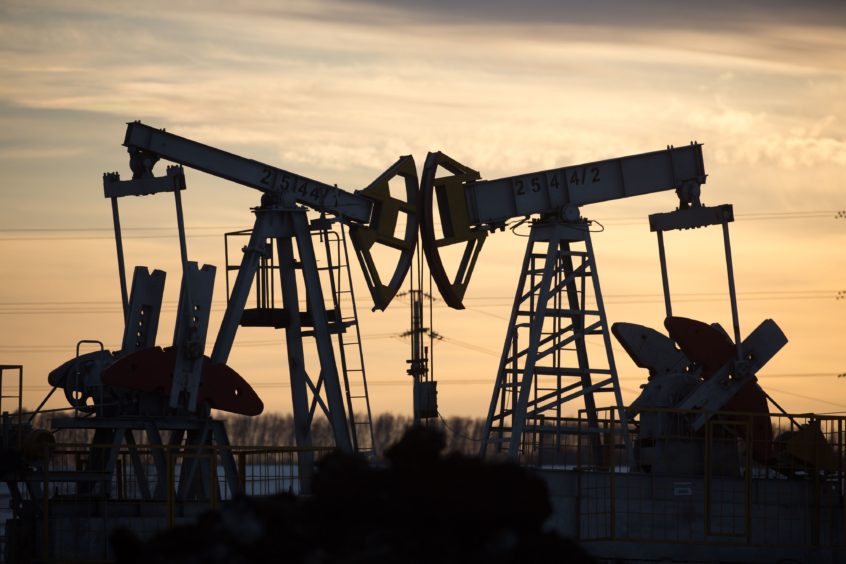
Oil slumped to a 17-year low as coronavirus lockdowns cascaded through the world’s largest economies, leaving the market overwhelmed by cratering demand and a ballooning surplus of crude.
Futures in London fell as much as 7.6% to the lowest since November 2002, while New York crude briefly dipped below $20 a barrel. Physical oil markets are struggling to store fuel, hit by a double whammy of virus restrictions eroding demand and a damaging war for market share between Saudi Arabia and Russia that has prices on track for the worst quarter on record.
The kingdom said on Friday that it hadn’t had any contact with Moscow about output cuts or enlarging the OPEC+ alliance of producers. Russia also doubled down, with Deputy Energy Minister Pavel Sorokin saying oil at $25 a barrel is unpleasant, but not a catastrophe for the nation’s producers.
“Demand concerns are critical but well known, what really took the market down were the signals we got from Saudi Arabia and Russia that they intend to continue their current path,” said Vivek Dhar, a commodities analyst at Commonwealth Bank of Australia. “Market hopes of a deal have come undone.”
OPEC nations aren’t giving support to a request from the group’s president for emergency consultations over tanking prices, according to a delegate. Algeria, which holds the cartel’s rotating presidency, has urged the secretariat to convene a panel but the call has failed to gather the majority backing necessary to go ahead. Riyadh is among those opposing the idea.
The world normally uses 100 million barrels of oil day, but forecasters predict as much as a quarter of that has disappeared in just a few weeks. The plunge in consumption is without precedent since a steady flow of oil became essential to the global economy more than a century ago. The great crash of 1929, the twin oil shocks of the 1970s and the global financial crisis don’t come close.
Brent crude for May declined $1.45, or 5.8%, to $23.48 a barrel on the ICE Futures Europe exchange as of 7:21 a.m. in London after falling to $23.03 earlier. The contract is also set for the worst month on record, down about 54% in March, and 64% lower this quarter.
The six-month spread for Brent was at a contango of more than $13 a barrel after closing at the widest gap since late 2008 on Friday. The prompt timespread was also at more than a $3 contango.
West Texas Intermediate slid 82 cents, or 3.8%, to $20.69 a barrel on the New York Mercantile Exchange after falling to $19.92 in early trading. The contract is down 54% this month and about 66% this quarter.
Global oil demand is in freefall and consumption may decline by as much as 20 million barrels a day, according to the International Energy Administration. That is forcing producers worldwide to slash output, while independent trader Trafigura Group expects as much as 1 billion barrels to be sent into storage tanks in the coming months.
Recommended for you
